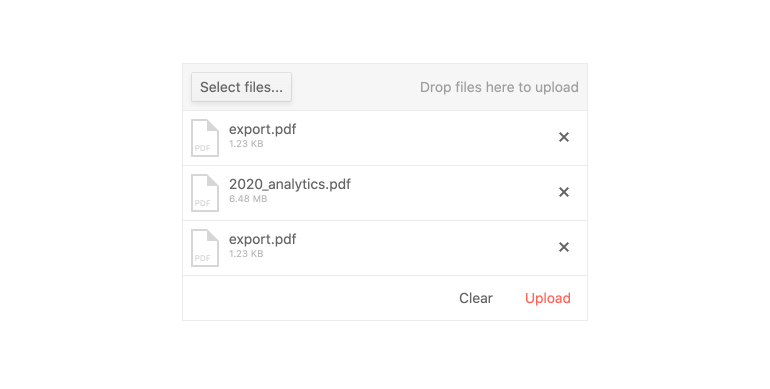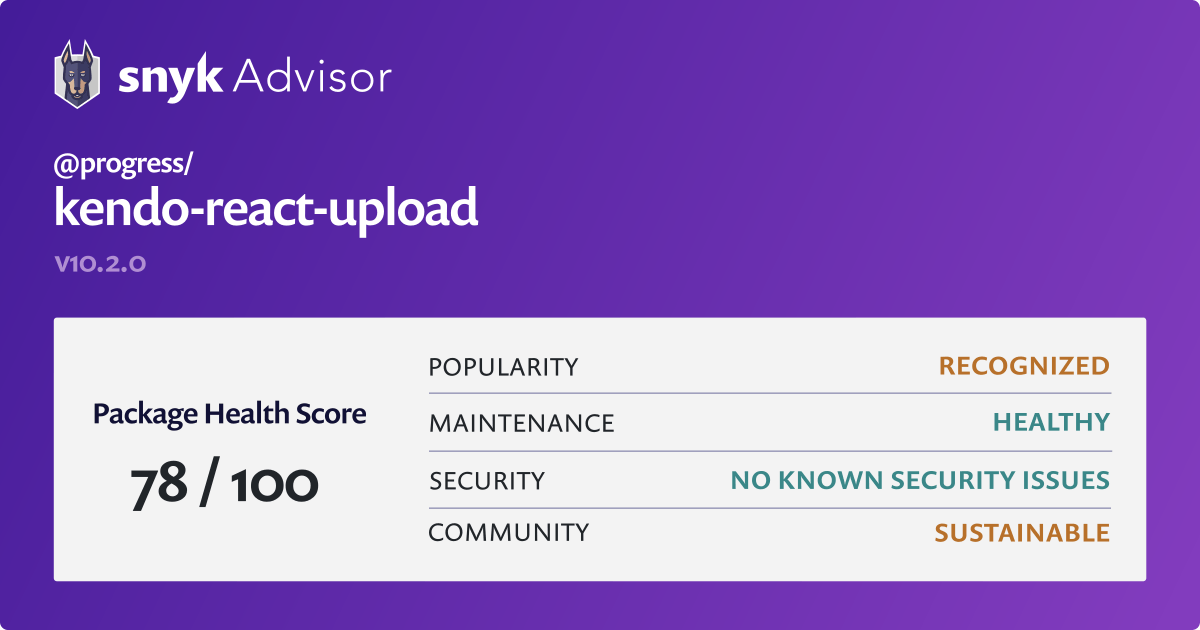
No additional file, no empty file!!! KendoUI upload using POST (asynchronous) – controlling result Getting: KendoUI upload with no empty file $(".k-upload-files", this.wrapper).remove() $.each($("input", form), function (idx, input), 500) įinally, we still have to clean the form it was successfully sent: $("input", form).click(onUpload) Ĭonsole.log("Error on saving doc:", a, b, c) So, I have to bind a function ( onUpload) to click the click event of Send button to verify that a file has been selected and submit the form. What I did is redefining the type of the button from submit to button so now the form will not be submitted when I click on Send. Type="text" class="k-textbox" name="_rev"/> In order to control this I will slightly modify previous code: If I take a look into CouchDB futon I see: CouchDB attachment uploaded using KendoUI KendoUI upload using POST (synchronous) – controlling resultĪs I’ve explained in a previous post, if I let the browser submit the form (actually upload the attachment) I cannot validate the file or avoid CouchDB result page. The form would look like: KendoUI upload formĪfter selecting the file to upload: KendoUI upload form with file selectedĪnd if I submit the form (click on Send button): KendoUI upload form submitted NOTE: It is important to note that I must specify our form Encoding Type.
#Kendo file upload example plus
#Kendo file upload example update
What I do is read a document from CouchDB which identifier is docId and if successful I update in the form: Upload = $("#files").kendoUpload().data("kendoUpload") Ĭonsole.log("Error on reading doc:", a, b, c)

In the following example I’m going to define a synchronous Kendo Upload and then, when clicked for submit, send the attachment to the server.įorm.attr("action", "/" + dbName + "/" + doc._id) Since I do prefer to use only one framework I plan to endup implementing it. This is the easiest: no way! KendoUI does not support it, period. So even that you can use both for creating and both for replacing documents, there is a subtle difference regarding that with POST the target is a collection and the attachment is not (simply) named and in PUT you exactly specify which attachment you want to replace (or create). POST: The address is a collection (either a document or database) and create a new attachment (actually or replace it) in the document.

#Kendo file upload example how to
It’s pretty common find in forums questions about how to assign an initial value to a file inputin order to upload it into a server or how to automatically upload a file into a server. This third post will use KendoUI Upload widget (and jQuery Upload widget) for saving an attachment into a document.



 0 kommentar(er)
0 kommentar(er)
